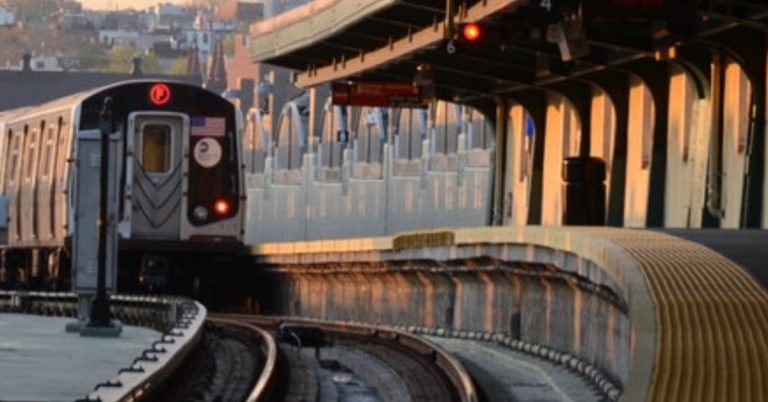Spatial Fixes to Social Challenges
Dr. Richard Jackson, author of the book Urban Sprawl and Public Health, on the health value of good urban planning:
At the annual meeting of the Congress of the New Urbanism in Atlanta, [Dr. Richard Jackson] informed a roomful of planners and architects, “You who create places that promote and protect health are probably doing more or health than those of us walking around in white coats.” In the 20th century, American life expectancy soared by 30 years. “How many of those years came from white coats, and how many more from public health?” Twenty-five years from public health, and only five from medical care — and we spend 17% of our GDP treating it,” he said.
There is a growing recognition that place plays a major role not only in health, but quality of life. The U.S. Department of Housing and Urban Development (HUD) recently announced that it is taking steps toward curbing sprawl:
HUD joined the Department of Transportation and the Environmental Protection Agency in creating the Interagency Partnership for Sustainable Communities, an effort to think holistically about housing, transportation, and quality of life when awarding tens of billions of dollars in federal funds.
HUD Secretary Shaun Donovan:
“This is not about the federal government telling communities what they need to look like — we tried that before,” he added, alluding to the disastrous “urban renewal” policies of the 1960s. “This is people voting with their feet, as they want to move to communities with more transportation options. The President understands this, and place is clearly part of this discussion in a way it hasn’t been before.” The New Urbanists understood this before anyone else, he told them. “Our challenge is to bring that holistic view into the mainstream,” and to “take it to scale.”
That includes $100 million in sustainable development grants for cities, another $40 million grant targeted at local communities, and “TIGER II,” $600 million in competitive transportation grants that follows last year’s $1.5 billion for TIGER I. All of those grants, Donovan said, had been jointly review with DOT and the EPA as partnership, a first.
Federal grants, while important, are only part of the issue. They typically help to jump-start new development, but private lending makes up a much bigger part of the equation. Currently, banks are only willing to fund a limited number of construction “product types.”. Greg Lindsay explains:
As told by Christopher Leinberger in his book The Option of Urbanism, the greatest real estate fiasco in American history up to that point [the 1980s savings and loan crisis] triggered a federal ban on bank lending to developers from 1990 to 1992, inspiring Sam Zell’s rallying cry, “stay alive until ’95.” The first real estate investment trusts (REITs) were launched with IPOs in 1993 in an effort to raise money against giant bundle of bankrupt, illiquid assets. The trading of commercial mortgaged-backed securities soon followed; by 2007 they were nearly a trillion-dollar market, while the market caps of America’s publicly-traded REITs approached half-a-trillion dollars.
A side effect of the securitization of real estate was the commoditization and standardization of place. Banks were only willing to underwrite what they knew, and what they were confident could be traded in large commodities. They didn’t know much–Leinberger identifies only “nineteen standard real estate product types” Wall Street is willing to deal with. That covers everything: home, office, retail and industrial. The list was liable to change at any moment as some types became overbuilt and were replaced with other, formerly nonviable ones. If your project didn’t conform to the one of the nineteen types, “you either did not get financing, or if you did, it was far more expensive.”
This is how every place began to look like every place else. The landscape became liquid. As Tom Wolfe described the exurbs of Atlanta in A Man in Full, “The only way you could tell you are leaving one community and entering another is when the franchise chains start repeating.”
HUD Secretary Donovan says the agency has a plan to help change the financing landscape by creating a standard measurement banks can use to make lending decisions on this new generation of development:
HUD is also spending $10 million to create metrics calculating the “true combined cost of housing and transportation in a way that underwriters could lend to,” Donovan said.
On a related note, the Financial Times looks at the challenges the Egyptian government faces in providing transit, housing, and utility infrastructure for the rapidly growing population of Cairo, projected to grow from 17 million today to 23 million within ten years. This is part of a Financial Times special report on The Future of Cities.
Image: Columbus Avenue Neighborhood Transportation Plan, San Francisco. Renderings by Amy Sommer, Community Design + Architecture for SFCTA. (Via Curbed SF)




